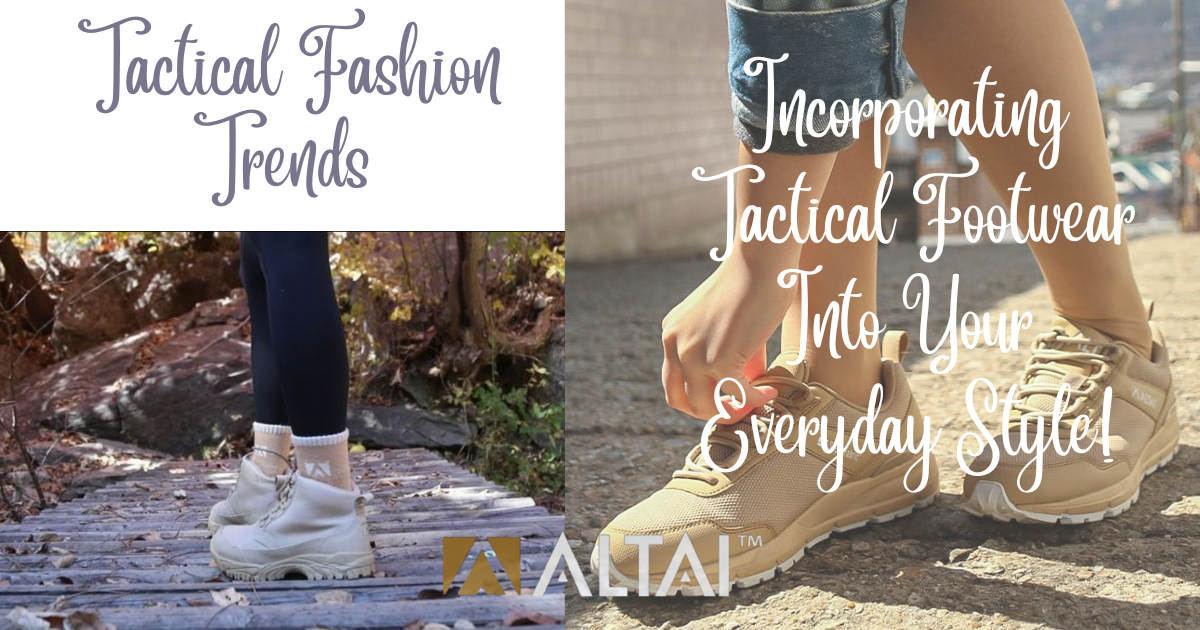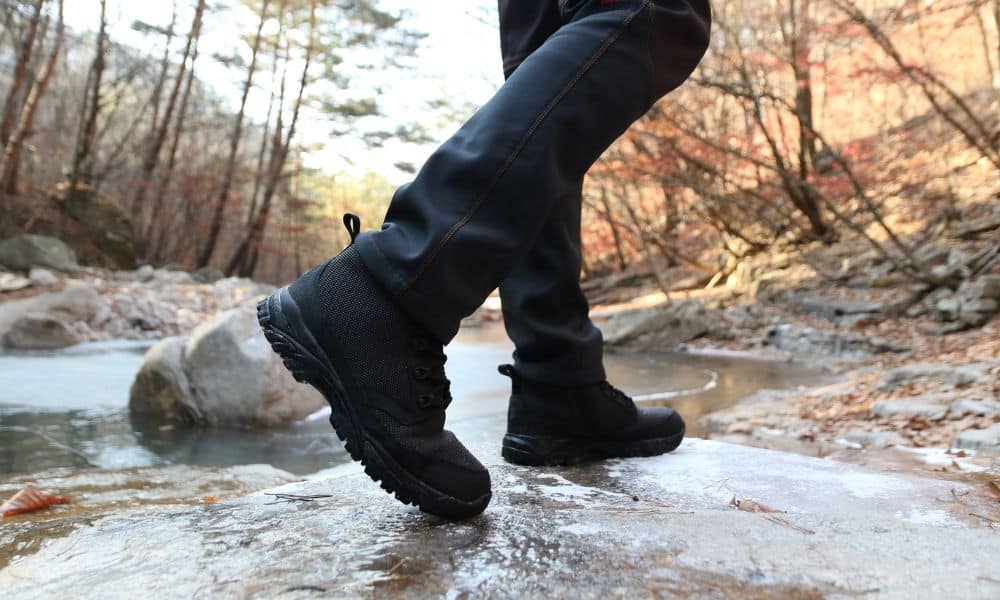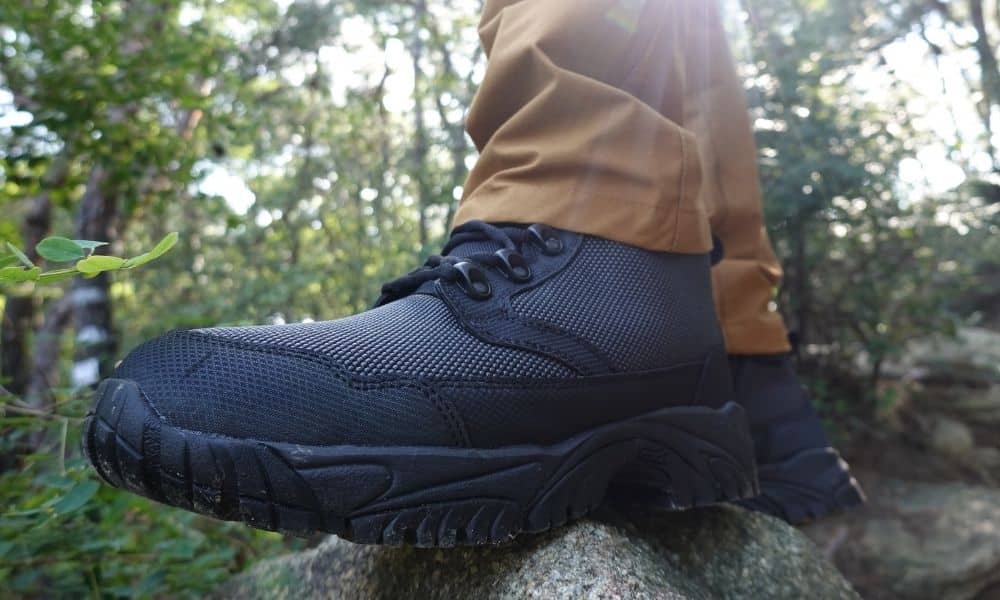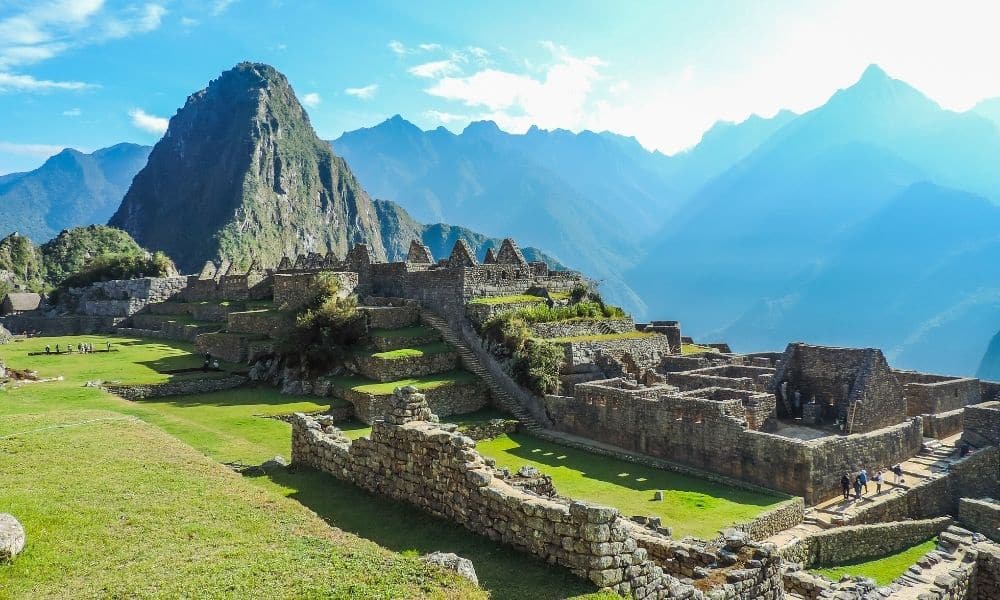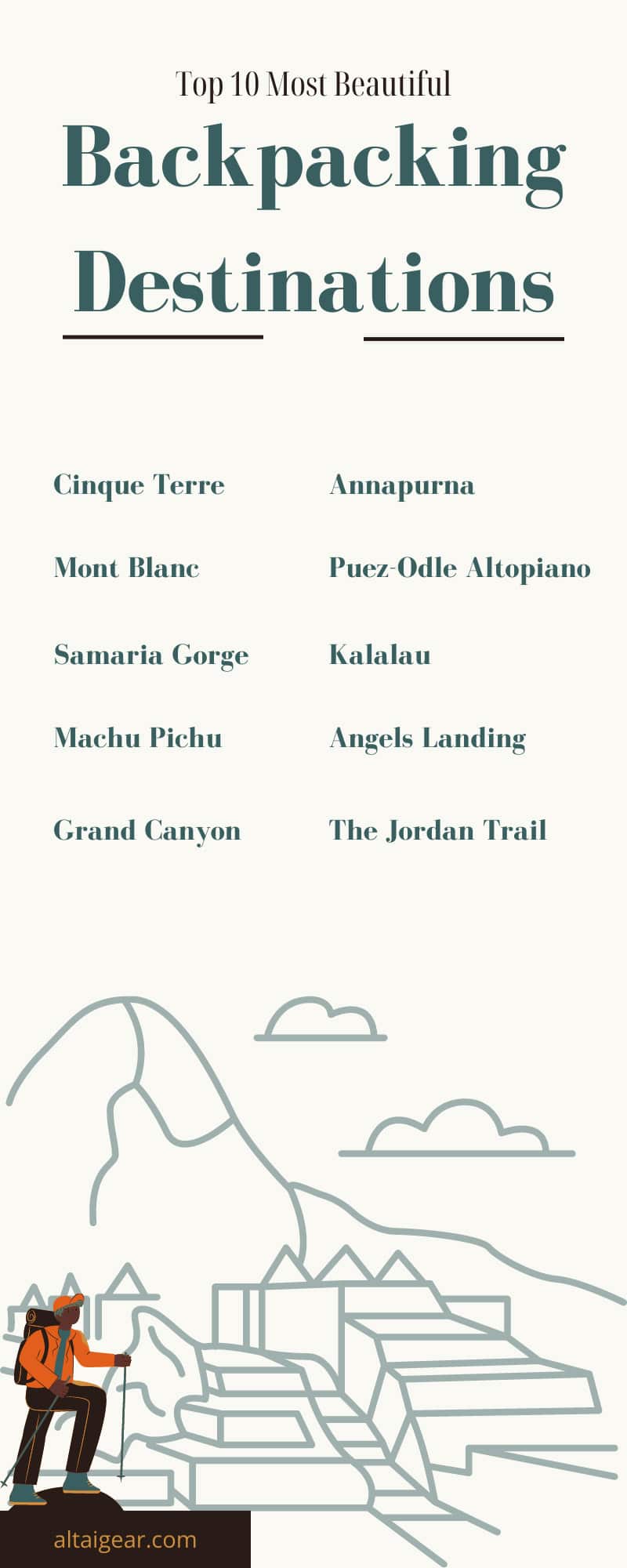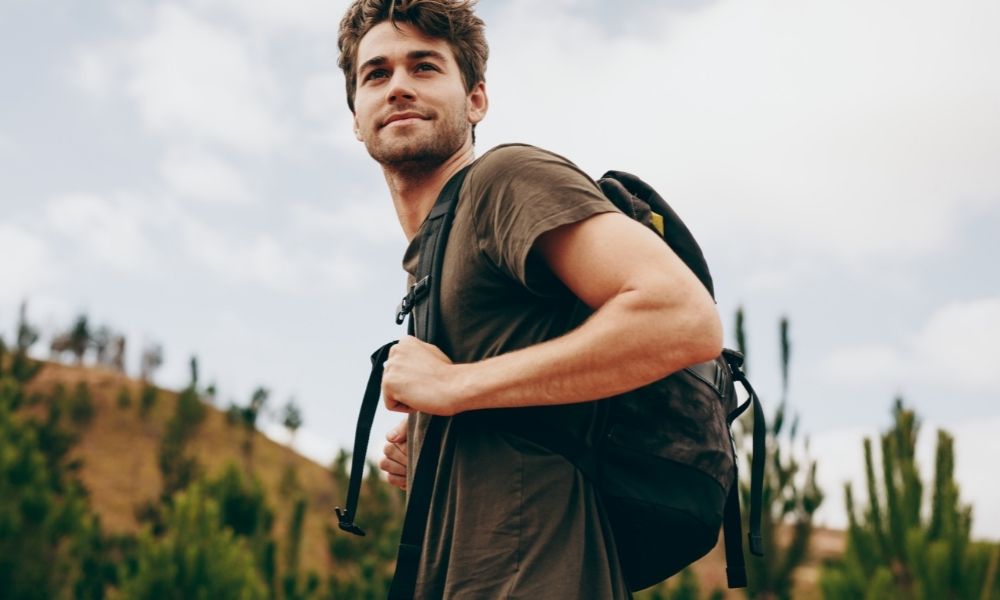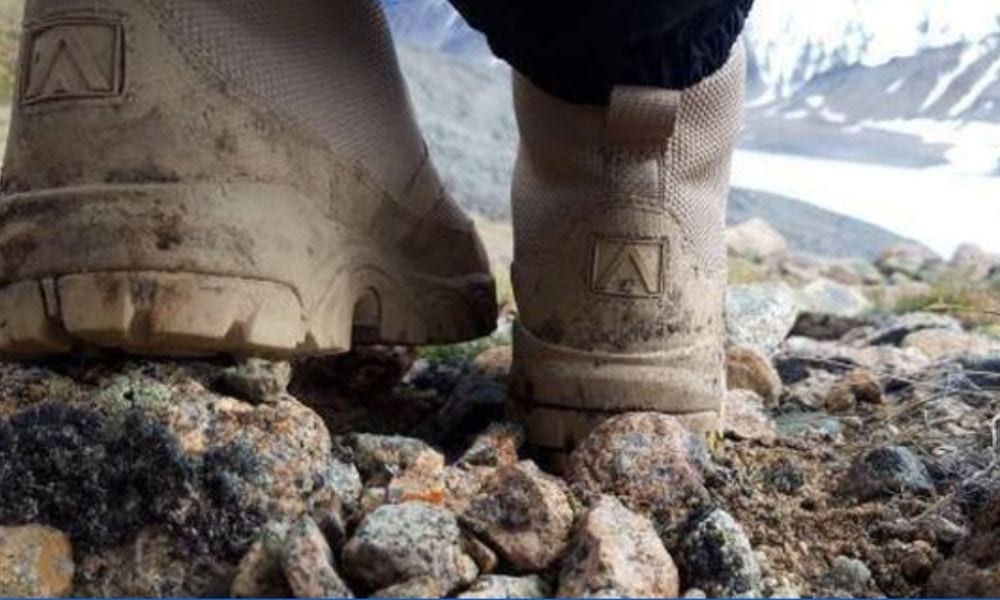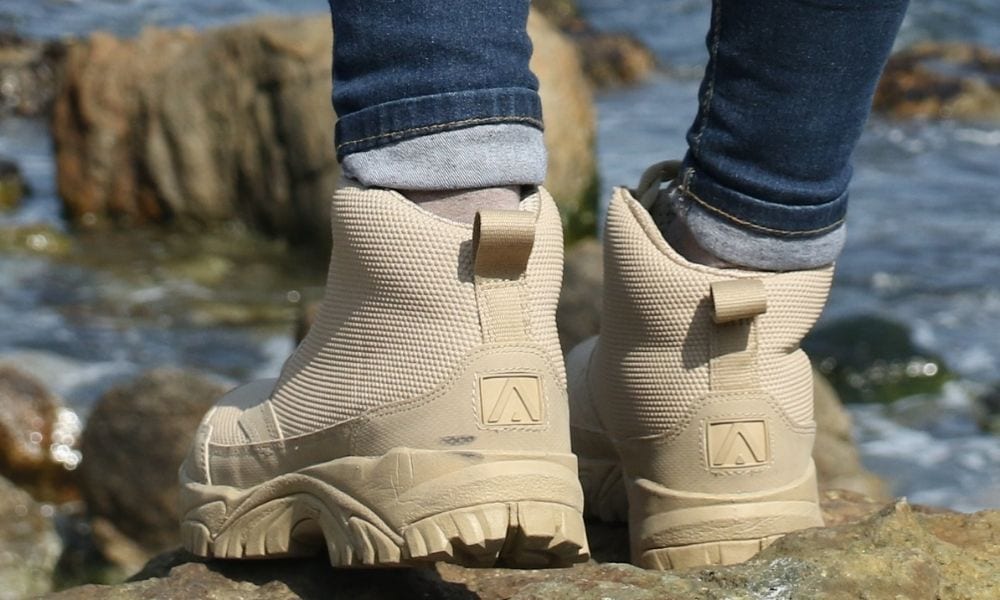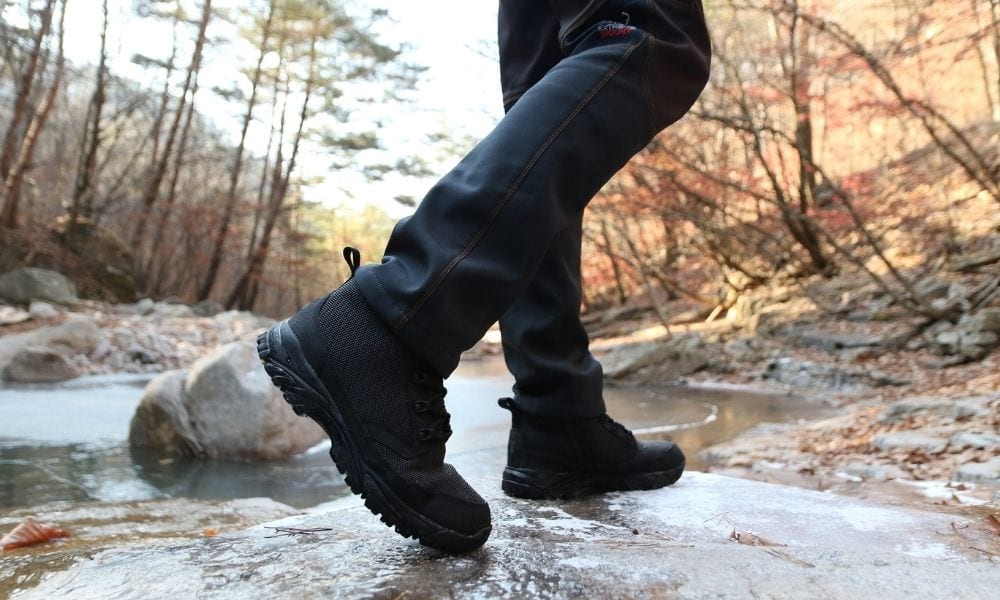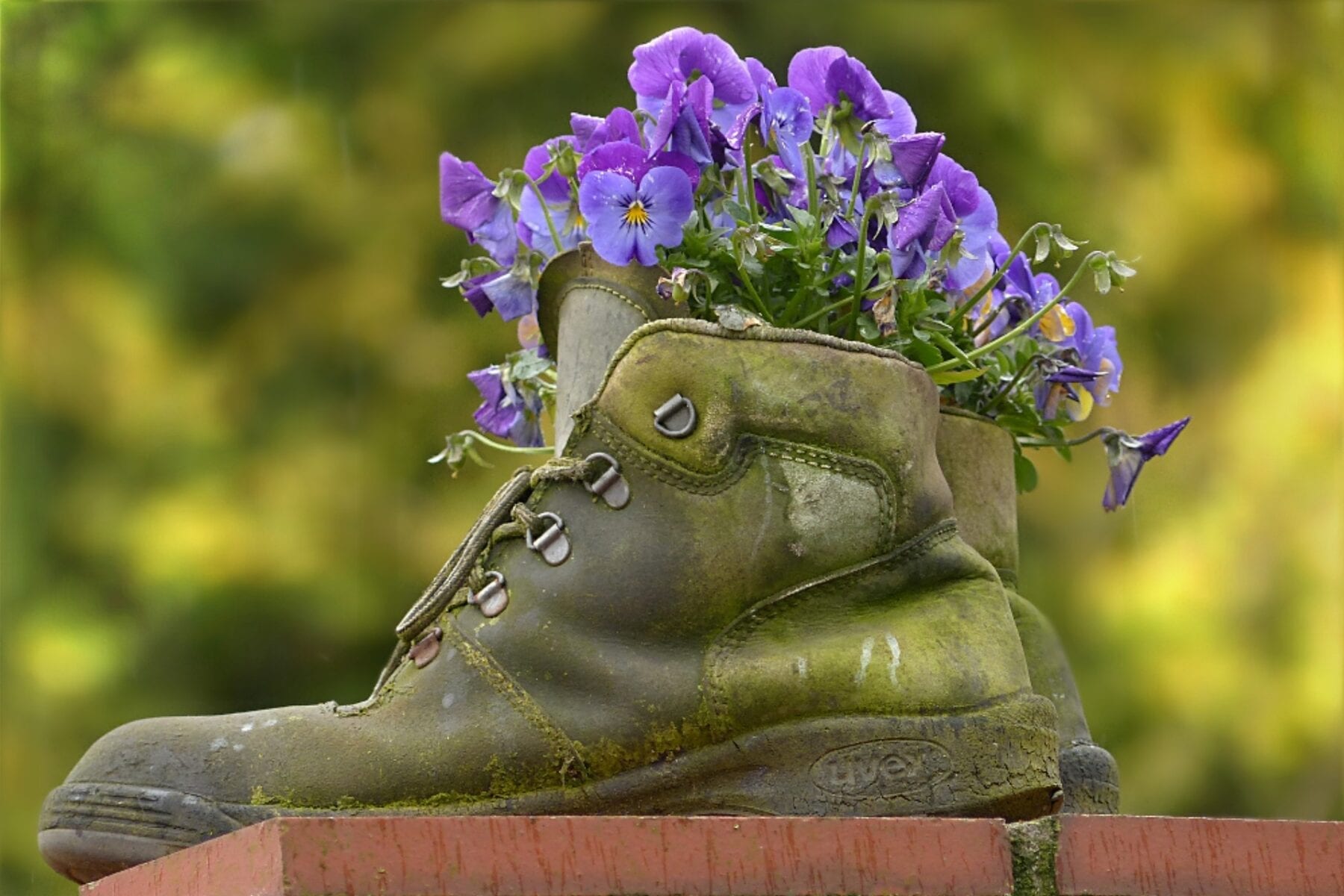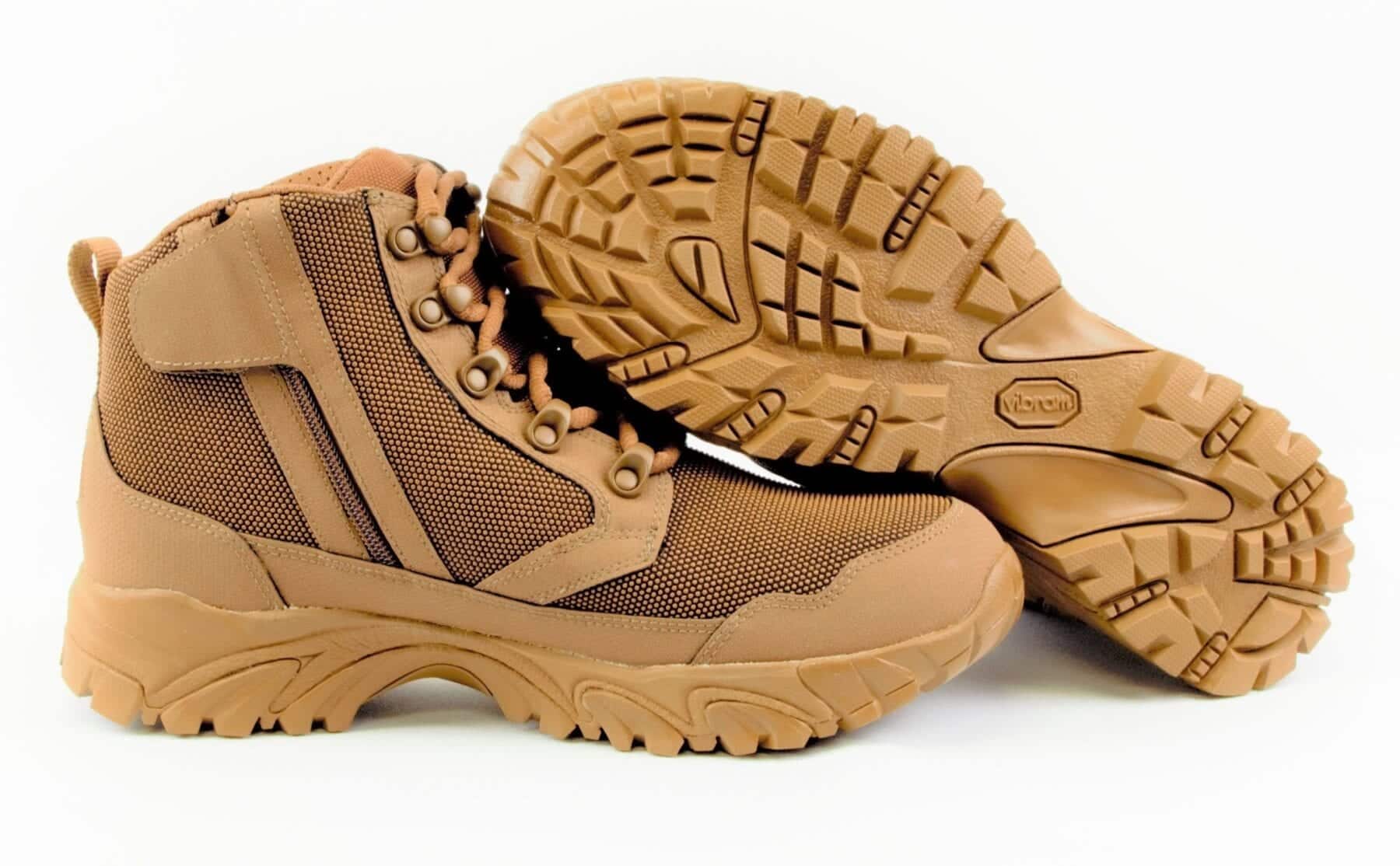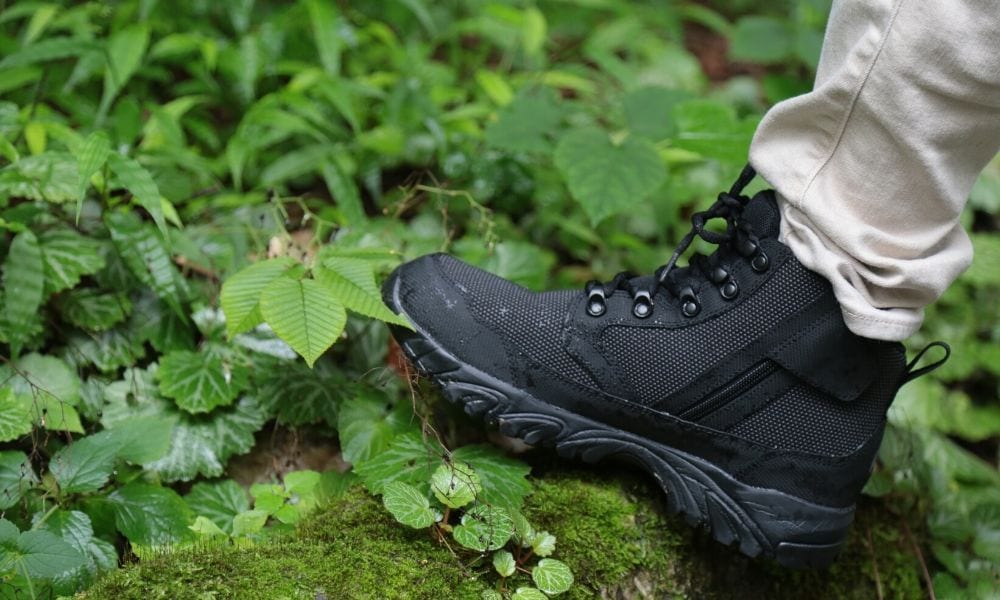Tactical Fashion Trends: Incorporating Tactical Footwear into Your Everyday Style!
Tactical footwear, traditionally used in professions requiring tough and durable gear, has found its way into the world of everyday fashion. Known for its durability, comfort, and style, this type of footwear is now becoming a versatile option for daily wear. This article explores practical ways both men and women can incorporate this footwear into their everyday wardrobe – shifting from functionality to an element of personal style!
Tactical in the World of Fashion
Tactical gear has become a forefront of fashion-forward trends for some time now. Especially its footwear that combines both comfort and functionality, making it a more suitable option than just professional use within high-demanding industries. That’s why it’s becoming more popular within the fashion world due to its unique benefits and features, such as:
- Durability: Designed for tough conditions, this type of footwear is built to last, making it a sensible choice for durable footwear.
- Comfort: Despite their strong build, these boots are comfortable, often featuring cushioned soles and breathable materials.
- Versatility: With various designs available, these shoes offer a wide range of styles and occasions.
Tactical Styles for Men & Women
For both men and women, it’s important to find footwear that offers a practical blend of function and style. Here are some popular ways to incorporate this type of footwear into men’s everyday wear:
- Casual Style: Pair these boots with jeans and a t-shirt for a straightforward, sturdy look, ideal for any type of wear.
- Trendy Laid-Back Style: Pair these boots with chinos and a button-up shirt for a neat yet relaxed look—perfect for any activity.
For women, it’s important to find footwear that combines both style and strength to make a bold statement! Here are some trendy ideas to help style this type of footwear:
- Contrasting Wardrobe: Mix or match this type of footwear, especially military style, with a dress or skirt to create a distinctive look that balances toughness with a soft side!
- Urban Style: Pair tactical boots with either leggings or skinny jeans with a relaxed top for a city-girl-ready look!
Different Types of Tactical Fashion Footwear
There are many different styles for this type of footwear, and each type has a specific purpose. Here are some of the most common types of boots and the different styles you can use with these:
- Combat Boots: For men, pairing these boots with slim-fit cargo pants and a graphic tee creates an edgy, urban look. Women can soften the military vibe by wearing combat boots with either a mini dress or an oversized sweater with leggings, creating the perfect blend of toughness and femininity.
- Hiking Boots: Hiking boots blend outdoor utility with fashion. Men can pair them with jeans and a flannel for a rugged everyday look, and women can style them with skinny jeans or leggings and an oversized sweatshirt for a chic, adventurous vibe.
These types of boots are perfect for those who value comfort and versatility, effortlessly transitioning from outdoor excursions to casual, everyday outings.
How to Select the Right Type of Footwear
Tactical footwear has many unique features that set it apart from any other type of footwear. While it’s become more of a fashion trend, it still serves niche industries within specialized fields. That’s why it’s important to consider these factors to ensure you find the right style that works best for you:
- Fit and Comfort: Look for boots that fit well and offer good support and cushioning.
- High-Quality Materials: Choose boots made with high-quality fabrics that promise longevity.
- Preferred Style: Select a style that fits your personal aesthetic, whether you prefer a more pronounced or a subtle look.
This type of footwear has become a popular choice for everyday fashion, offering a mix of durability, comfort, and style! With their increasing versatility, they are becoming more suitable for various personal preferences and with their unique features, hopefully, continue to make a long-lasting trend within the fashion industry.
At Altai Gear, we continuously strive to provide a wide selection of shoes that not only combine style with functionality but exceed expectations and innovations within the footwear industry. Shop our top selections today!
